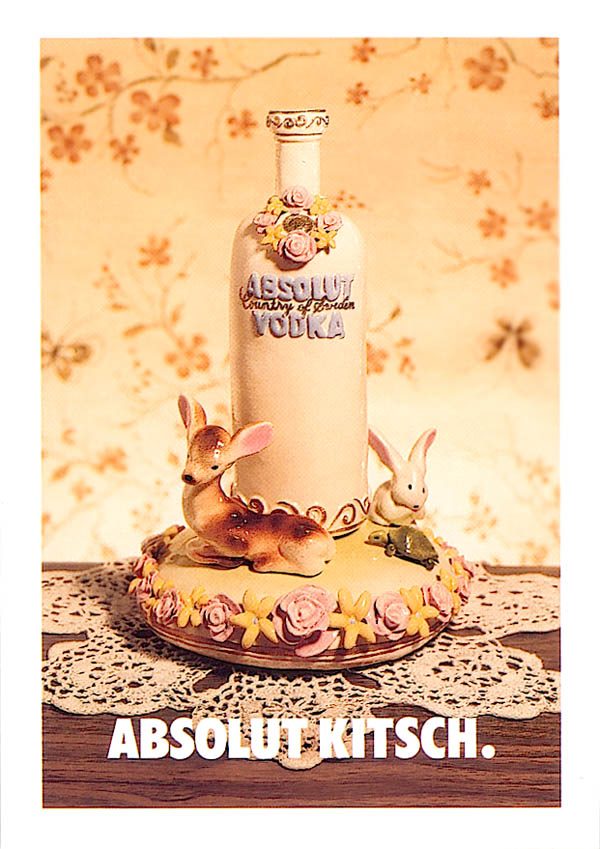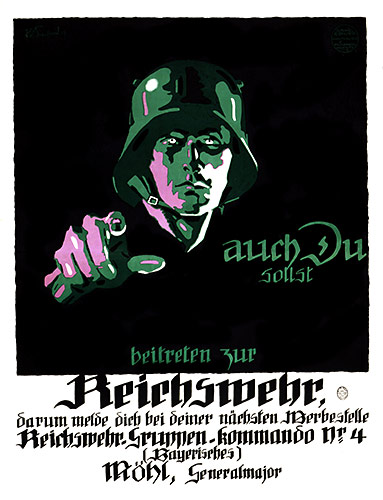1.
What was the most useful or meaningful thing you learned from the discussion?It was quite interesting how the Dada movement was named by a person pulling out a dictionary and randomly choosing a word from a page. Especially since the Dada movement was very random.
2.
What questions remain in your mind after today's discussion about the the modern art movements and Plakastil?Right now I don't really have any questions. If I think of something, I'l just edit it out later. But I do like to point out that in class today, I didn't want to seem like a know it all but Vincent Van Gogh did not paint the paiting
The Scream. It was done by an artist name Edvard Munch. I did say it wasn't Van Gogh, but I guess it wasn't loud enough.
Define Art Deco.Art Deco is used to describe popular geometric works of the 1920s and 1930s. It's basically an extension of Art Nouveau. Some of its infulences include: cubism, Bauhaus, the Vienna Secession, Egyptian, Aztec, and Assyrian motifs. Some elements include: zig-zag, moderne, and decorative geometry. An example I found is the inside of Shaw's Oyster Bar in Chicago.

I really like the use of colors and the typography of this image.
Define SuprematismSuprematism is a Russian form of art that took place inbetween WWI and the Russian Revolution. It was founded by an artist named Kasimir Malevich. It's a style of basic forms and pure color.He created a form of geometric abstraction that wasn't much like futurism and cubism. This form was new and non objective. He sought "a supreme expression of feeling, seeking no practical values, no ideas, no promised land" and rejected utilitarian function and pictorial representation. This piece is done by Malevich and it's title
Suprematism no. 58
I like the colors and how the shapes are arranged in this compositions.
Define Constructivism.Constructivism came from leftist artists opposing to the older and conservative visual art. They supported the Russian Revolution and by 1920, their art was to serve the new communist society. They renounced "art for art's sake". This poster was done by an artist named Aleksandr Rodchenko. I could not find the name of it tho.

I like the colors, the black and white photograph and the way the text is laid out so you can tell that she's shouting. It is also very similar to an album cover by Franz Ferdinand. Maybe they got the idea from this work?
 Define De Stijl
Define De StijlThe De Stijl movement started in the Netherlands in 1917. It is another form of abstract geometry and it sought universal laws of equilibrium and harmony for art. These artists only used primary colors (red, yellow, blue) and neutrals (black, gray, and white). They only used straight horizontal and vertical lines, and rectangles and squares. This image is titled
Composition with Yellow, Blue, and Red by Piet Mondrian.

I like the geometry and its simplicity.
Define the Bauhaus style and place in your blog one piece of their work you find to be interestingThe Bauhaus is a German design school from 1919-1933. The Bauhaus style was created by the students enrolled in that school. Most works were inspired by expressionism. Johannes Itten, one of the instructors of the Bauhaus, wanted each student to release their creative abilities and to develop an understanding of the physical nature of materials.





















